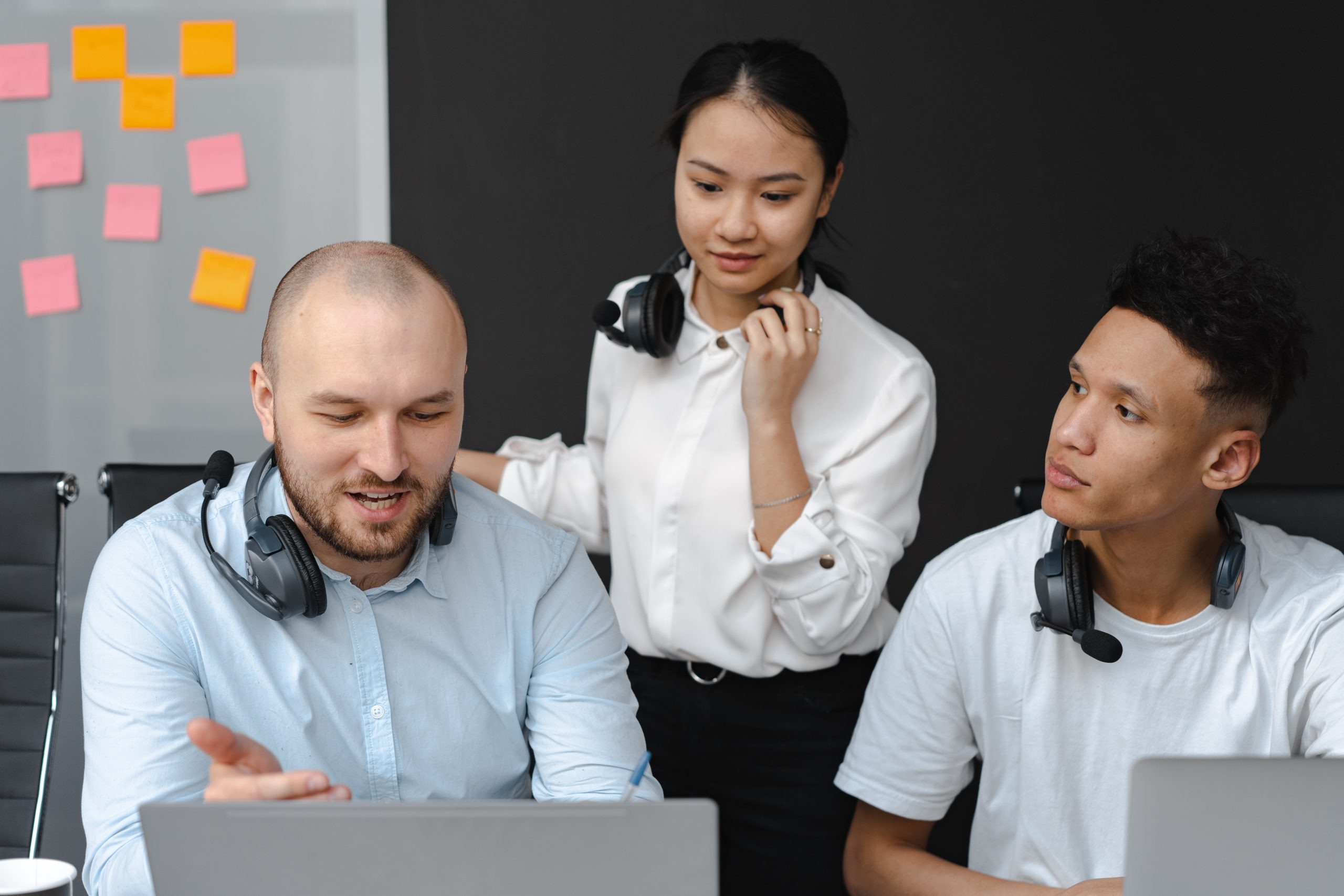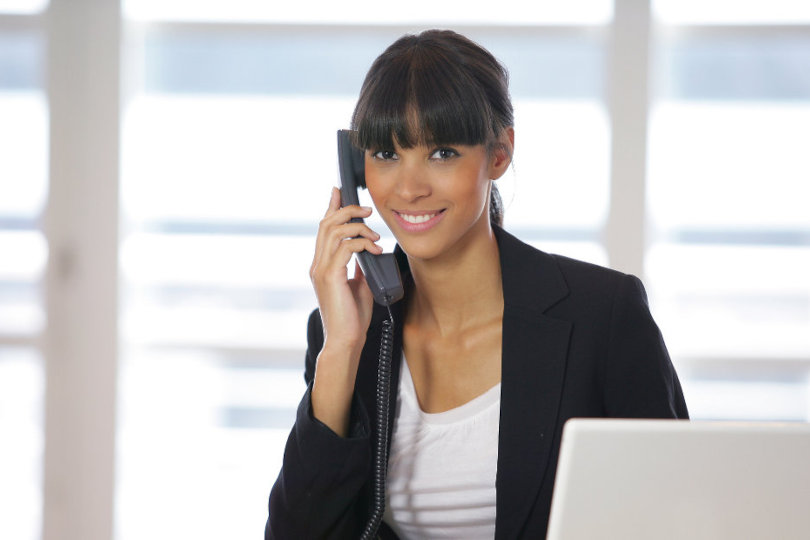All Categories
Featured
Table of Contents
- – What Was The Most Popular A Guide To Using Auto...
- – Best Phone Answering Service - Intelligent Off...
- – Which Is The Best Outsource Answering Service ...
- – What Is The Best Telephone Answering Service ...
- – What Is The Best Live Answering Services - Au...
- – How Much Is The New How To Answer The Phone ...
What Was The Most Popular A Guide To Using Automated Answering Systems?
This gadget and its followers were designed by Sava Jacobson, an electrical engineer with a private consulting business. While early answering makers utilized magnetic tape technology, many contemporary equipment utilizes strong state memory storage; some gadgets utilize a combination of both, with a solid-state circuit for the outbound message and a cassette for the inbound messages.
"toll conserving" below) (reception services). This is useful if the owner is evaluating calls and does not wish to speak to all callers. In any case after going, the calling celebration should be notified about the call having been answered (in a lot of cases this starts the charging), either by some remark of the operator, or by some greeting message of the TAD, or addressed to non-human callers (e.
This holds particularly for the Littles with digitally stored greeting messages or for earlier makers (prior to the increase of microcassettes) with a special unlimited loop tape, different from a second cassette, committed to recording. There have been answer-only devices with no recording abilities, where the welcoming message needed to inform callers of a state of existing unattainability, or e (local phone answering service).
Best Phone Answering Service - Intelligent Office Store Near Me

about schedule hours. In tape-recording Littles the greeting typically includes an invite to leave a message "after the beep". An answering maker that uses a microcassette to tape messages On a dual-cassette answerphone, there is an outgoing cassette, which after the specified number of rings plays a pre-recorded message to the caller.

Single-cassette voice mail consist of the outgoing message at the beginning of the tape and inbound messages on the remaining space. They first play the announcement, then fast-forward to the next readily available space for recording, then tape the caller's message. If there are many previous messages, fast-forwarding through them can trigger a considerable delay.
This beep is frequently described in the welcoming message, asking for that the caller leave a message "after the beep". TADs with digital storage for the recorded messages do not reveal this hold-up, obviously. A little bit may use a push-button control facility, where the answerphone owner can call the home number and, by getting in a code on the remote telephone's keypad, can listen to taped messages, or erase them, even when far from home.
Which Is The Best Outsource Answering Service Company Sri Lanka Company?

Thereby the maker increases the number of rings after which it addresses the call (normally by two, leading to four rings), if no unread messages are currently saved, however responses after the set variety of rings (usually two) if there are unread messages. This enables the owner to find out whether there are messages waiting; if there are none, the owner can hang up the phone on the, e.
Some devices also allow themselves to be remotely triggered, if they have actually been switched off, by calling and letting the phone ring a specific a great deal of times (usually 10-15). Some company abandon calls currently after a smaller sized number of rings, making remote activation impossible. In the early days of Littles an unique transmitter for DTMF tones (dual-tone multi-frequency signalling) was regionally needed for push-button control, since the formerly employed pulse dialling is not apt to convey suitable signalling along an active connection, and the dual-tone multi-frequency signalling was implemented step-by-step.
Any inbound call is not identifiable with respect to these residential or commercial properties in advance of going "off hook" by the terminal equipment. So after going off hook the calls must be switched to appropriate gadgets and only the voice-type is right away available to a human, but maybe, nevertheless should be routed to a LITTLE BIT (e.
What Is The Best Telephone Answering Service For Smes - Myco Works Software?
What if I told you that you do not need to in fact get your device when responding to a consumer call? Someone else will. So hassle-free, best? Addressing telephone call does not require somebody to be on the other end of the line. Effective automated phone systems can do the trick simply as efficiently as a live agent and often even better.
An automated answering service or interactive voice reaction system is a phone system that interacts with callers without a live individual on the line - virtual call answering service. When business utilize this innovation, clients can get the answer to a question about your company merely by utilizing interactions established on a pre-programmed call circulation.
Although live operators upgrade the customer support experience, lots of calls do not require human interaction. A basic recorded message or guidelines on how a client can retrieve a piece of details generally resolves a caller's immediate requirement - business call answering service. Automated answering services are a simple and reliable way to direct inbound calls to the ideal individual.
What Is The Best Live Answering Services - Australia In The World Right Now
Notification that when you call a business, either for support or product query, the first thing you will hear is a pre-recorded voice welcoming and a series of choices like press 1 for customer care, press 2 for inquiries, and so on. The pre-recorded choices branch out to other options depending upon the customer's selection.
The phone tree system helps direct callers to the best person or department utilizing the keypad on a mobile phone. In some instances, callers can utilize their voices. It deserves keeping in mind that auto-attendant choices aren't restricted to the 10 numbers on a phone's keypad. When the caller has selected their first option, you can design a multi-level auto-attendant that utilizes sub-menus to direct the caller to the ideal type of help.
The caller does not need to communicate with an individual if the auto-attendant phone system can manage their issue. The automatic service can path callers to a staff member if they reach a "dead end" and require assistance from a live representative. It is costly to hire an operator or executive assistant.
How Much Is The New How To Answer The Phone Professionally (With Examples)?
Automated answering services, on the other hand, are significantly less costly and offer significant cost savings at an average of $200-$420/month. Even if you do not have devoted personnel to handle call routing and management, an automated answering service improves efficiency by permitting your group to concentrate on their strengths so they can more efficiently invest their time on the phone.
A sales lead routed to consumer service is a lost shot. If a consumer who has product questions reaches the wrong department or gets incomplete answers from well-meaning workers who are less trained to deal with a specific type of concern, it can be a reason for disappointment and discontentment. An automated answering system can minimize the variety of misrouted calls, therefore assisting your workers make much better use of their phone time while maximizing time in their calendar for other jobs.
With Automated Answering Systems, you can develop a tailored experience for both your personnel and your callers. Make a recording of your primary welcoming, and just upgrade it frequently to show what is going on in your company. You can create as many departments or menu alternatives as you desire.
Table of Contents
- – What Was The Most Popular A Guide To Using Auto...
- – Best Phone Answering Service - Intelligent Off...
- – Which Is The Best Outsource Answering Service ...
- – What Is The Best Telephone Answering Service ...
- – What Is The Best Live Answering Services - Au...
- – How Much Is The New How To Answer The Phone ...
Latest Posts
Dependable Real Estate Answering Service Near Me ( Central Queensland 4700)
Specialist Business Answering Service – ACT
Reputable Bilingual Answering Service Near Me
More
Latest Posts
Dependable Real Estate Answering Service Near Me ( Central Queensland 4700)
Specialist Business Answering Service – ACT
Reputable Bilingual Answering Service Near Me